You’ve conducted the interview, but what happens next?
The hiring process is a lot more involved than just scheduling and conducting interviews. There are many steps that need to be taken before you can hire someone new. You should be intimately familiar with those steps and be able to articulate what the candidate needs to know about the follow-up process. In this article, we’ll walk through what should happen after the interview, so you know exactly what it takes to get your new employee on board.
Debrief with the Hiring Committee
After the interview, the panel should take some time to express their overall impressions of those they interviewed. Give the panel time to process their thoughts in private, but be sure to have a discussion as soon as possible to ensure that the panel’s thoughts and feelings are still fresh in their minds. If your hiring process includes a follow-up interview for top candidates, select the candidates moving through the process.
Follow-Up Communication with The Candidate
A follow-up email should be sent to all candidates, thanking them for their time and reiterating any important details from your discussion together regarding the next steps and the future timeline for the rest of the process. If you know the candidate has not been selected to move on in the hiring process, you should notify them of that information at this point so they can move on in their job hunt. If a decision hasn’t yet been made, or you know your prospect is moving on, make sure to include the following information:
- A general timeline for the rest of the hiring process and where they are in that timeline
- Information on follow-up interviews
- A reminder about background screens and reference checks
- And a general estimate of when they should expect to hear from you regarding a hiring decision.
You don’t want your candidate wondering if you’ve forgotten about them—or worse, thinking that you might have hired someone else in their absence. Therefore, it’s crucial to follow up early and often with your candidates to show them that they’re still a priority in the hiring process. This is especially true when you’ve conducted several rounds of interviews or if it takes a while before a hiring decision can be made.
A good practice is to standardize and templatize the follow-up process so that it is easy to implement, which helps to ensure that everyone involved knows exactly what is expected of them throughout the interview process.
Schedule and Conduct Follow-Up Interviews
If you are using multiple rounds of interviews, don’t wait too long to move your candidates to the next phase. Overly lengthy hiring processes tend to leave a negative impression on the candidate, and you may risk missing out on top talent. Once you have decided who is moving through to the next round, notify the candidate and get them on the schedule as soon as possible.
Conduct Background Screenings
A good time to start reference checks and background screening of the candidates is during or shortly after your second round of interviews. Make sure you verify all claims made by the candidate, including educational credentials, employment history, and criminal record. When possible, seek information from past managers of the applicant and have someone look at their social media profiles and posts.
Make Your Selection and Send an Offer
Congratulations! You’ve selected your top candidate! Once a potential hire is identified, the organization should extend an initial offer. Consider making an informal offer by phone or video conference before sending a formal offer letter to save time. Always have a backup candidate if your top choice declines the position.
The formal offer letter should include the position’s salary, benefits, paid time off, start date, remote work policy, included company equipment, and other and conditions of employment.
It is typical for terms like salary, flexible work schedule, and working remotely to be negotiable. So determine internally beforehand which elements of the job offer are negotiable and which are not.
Hiring and Onboarding
Hiring a new employee is only the beginning of the process. Onboarding your new employee positively and professionally will aid in their integration into your business in such a way that establishes the groundwork for a long-term beneficial connection with your company.
Before the newly hired employee starts work, do you have everything they need to hit the ground running? What about onboarding? For some employees, this will be a simple process of showing them around and giving them access credentials. But for others, you’ll want to carefully go over their role with them so that they are up-to-speed from the start. Consider assigning your new hire a mentor to help them settle into their new position. Ideally, you should be able to onboard new hires right along with their team or department so that they can integrate quickly and successfully.
When hiring a remote worker, depending on your geographical location, it might make more sense for things like a provisioning call and a training period to take place before starting work. Keep in mind that when you hire a remote worker, it is your responsibility to provide them with the tools and infrastructure they need to do their work.
Lastly, it’s important to be honest and up-front with your candidate. You want them to know what they’re in for, and the best way to do that is by giving them all of the facts about their future position, team, and company upfront. This will save you both time in the long run.
A well-designed hiring process is a vital component of organizational success. Creating and maintaining a consistent hiring strategy will assist you in finding the best candidate for your company while also providing a clear picture of your recruiting procedure for future hires.

